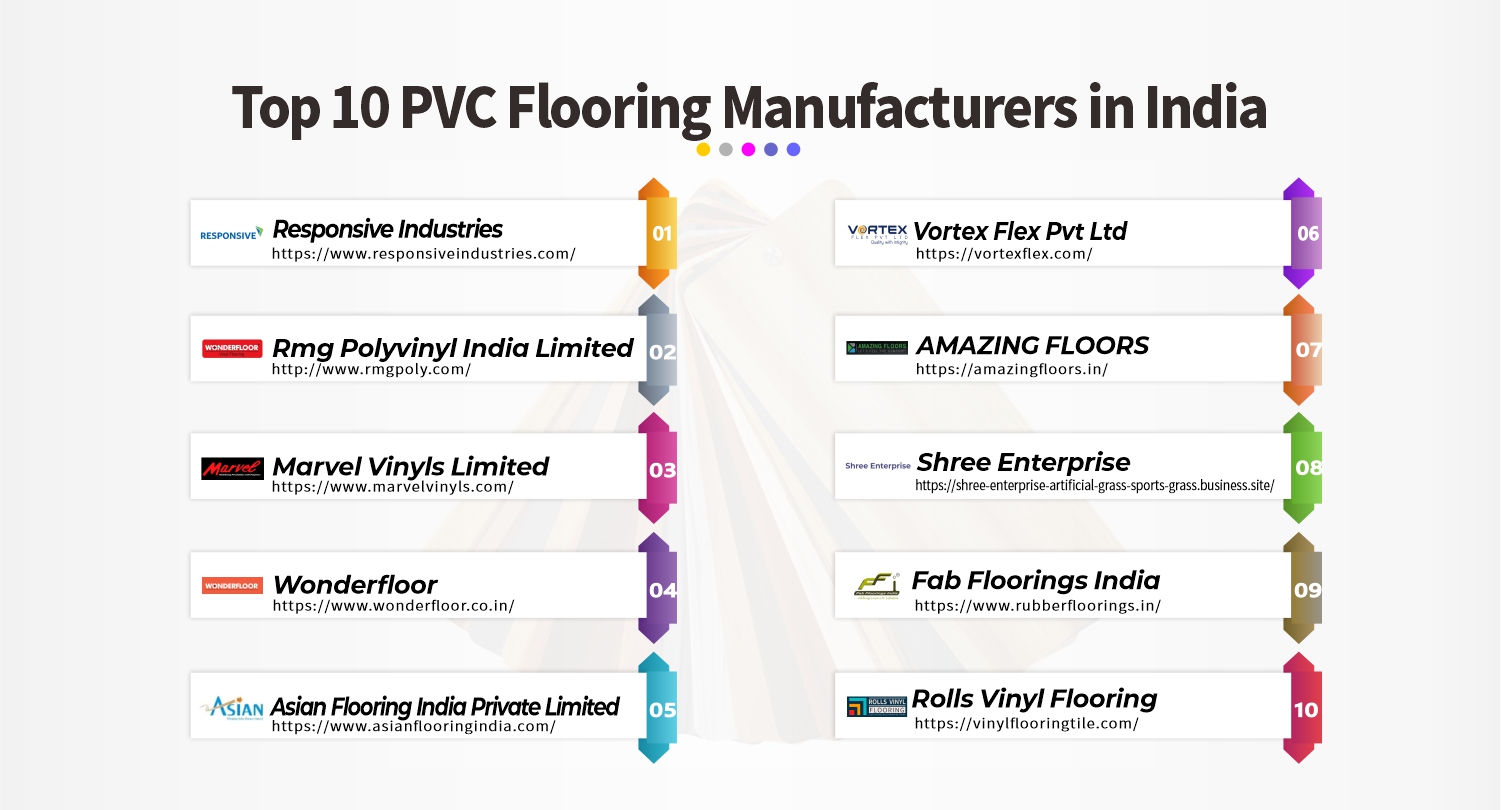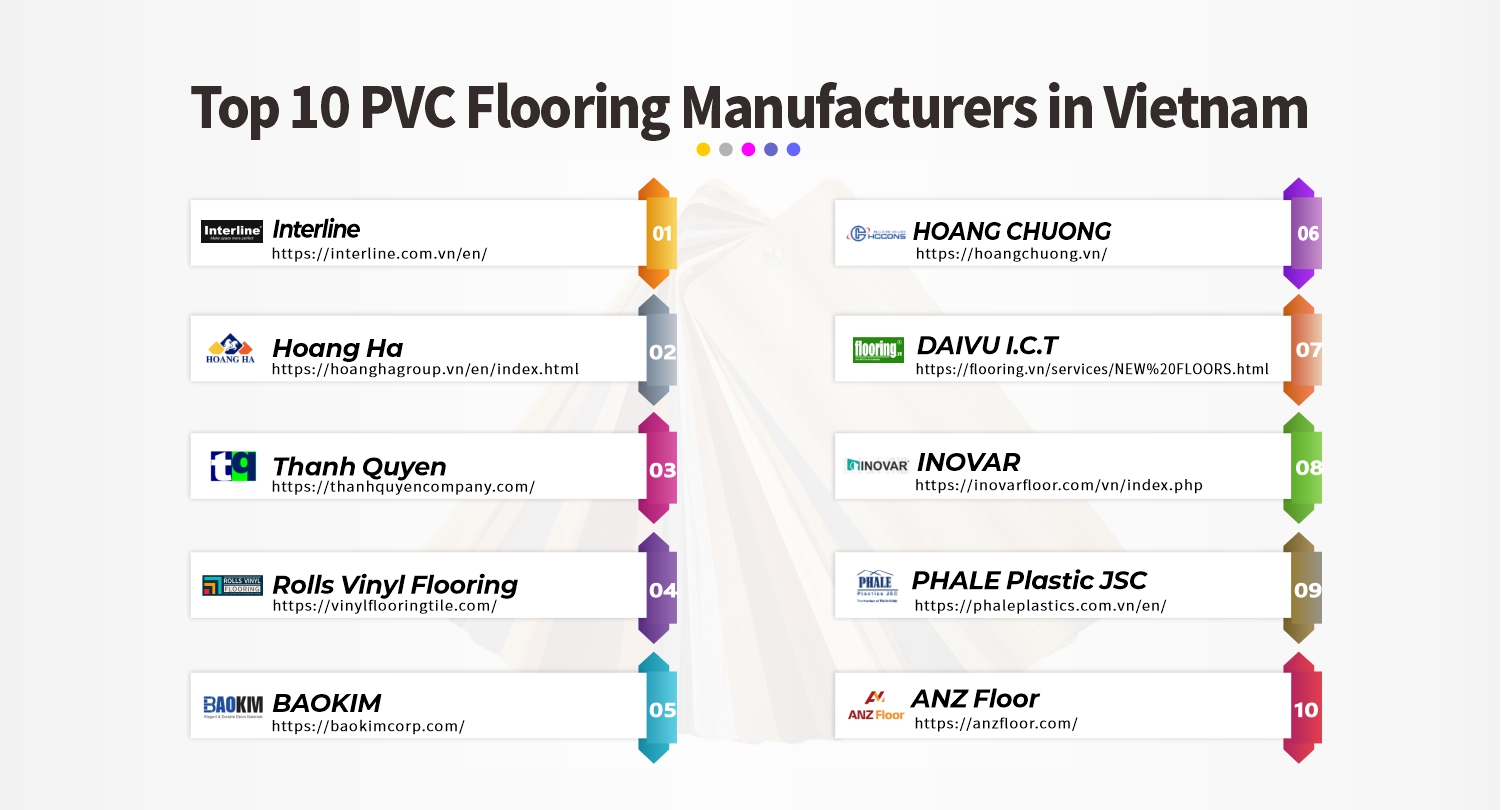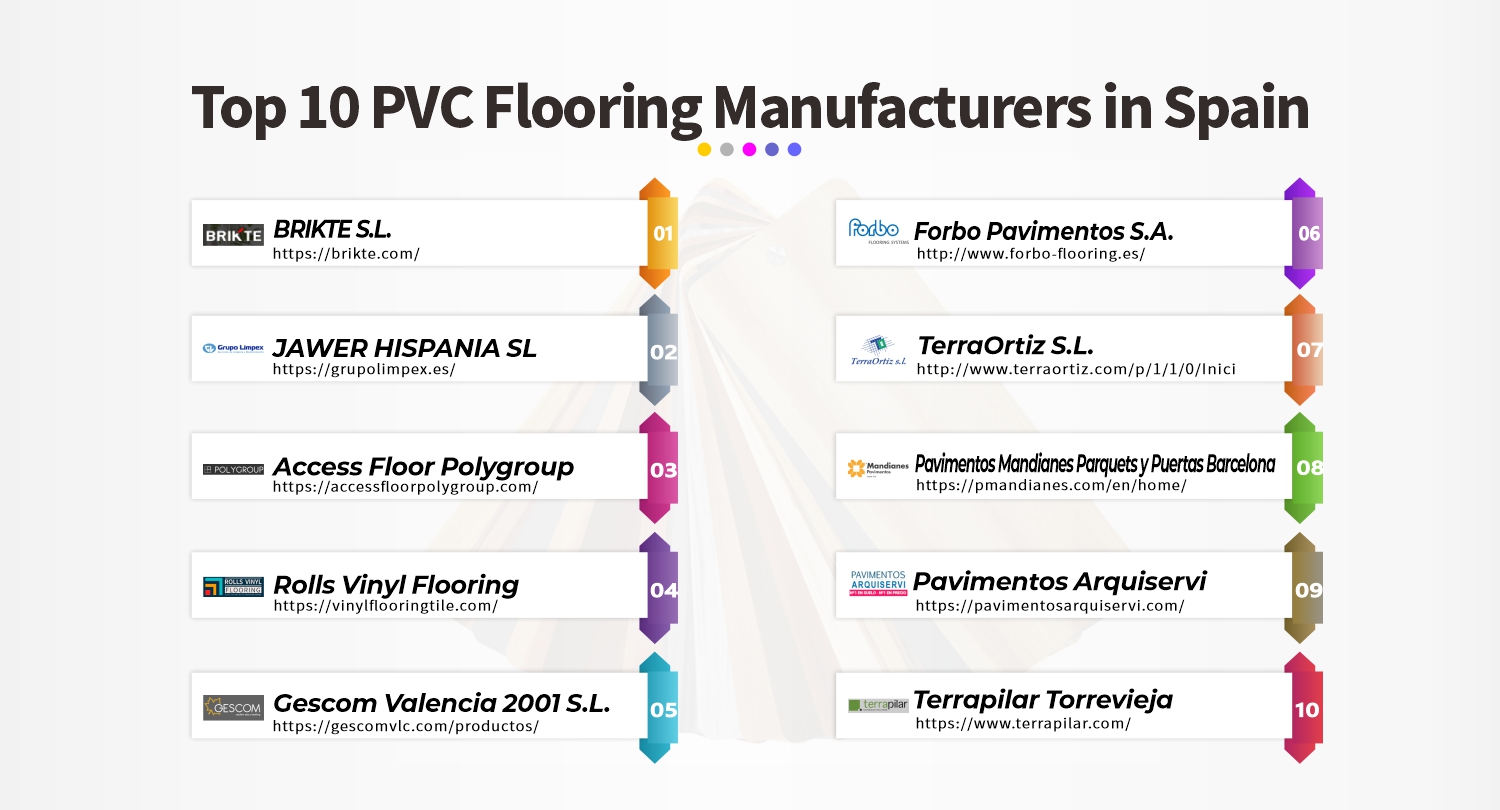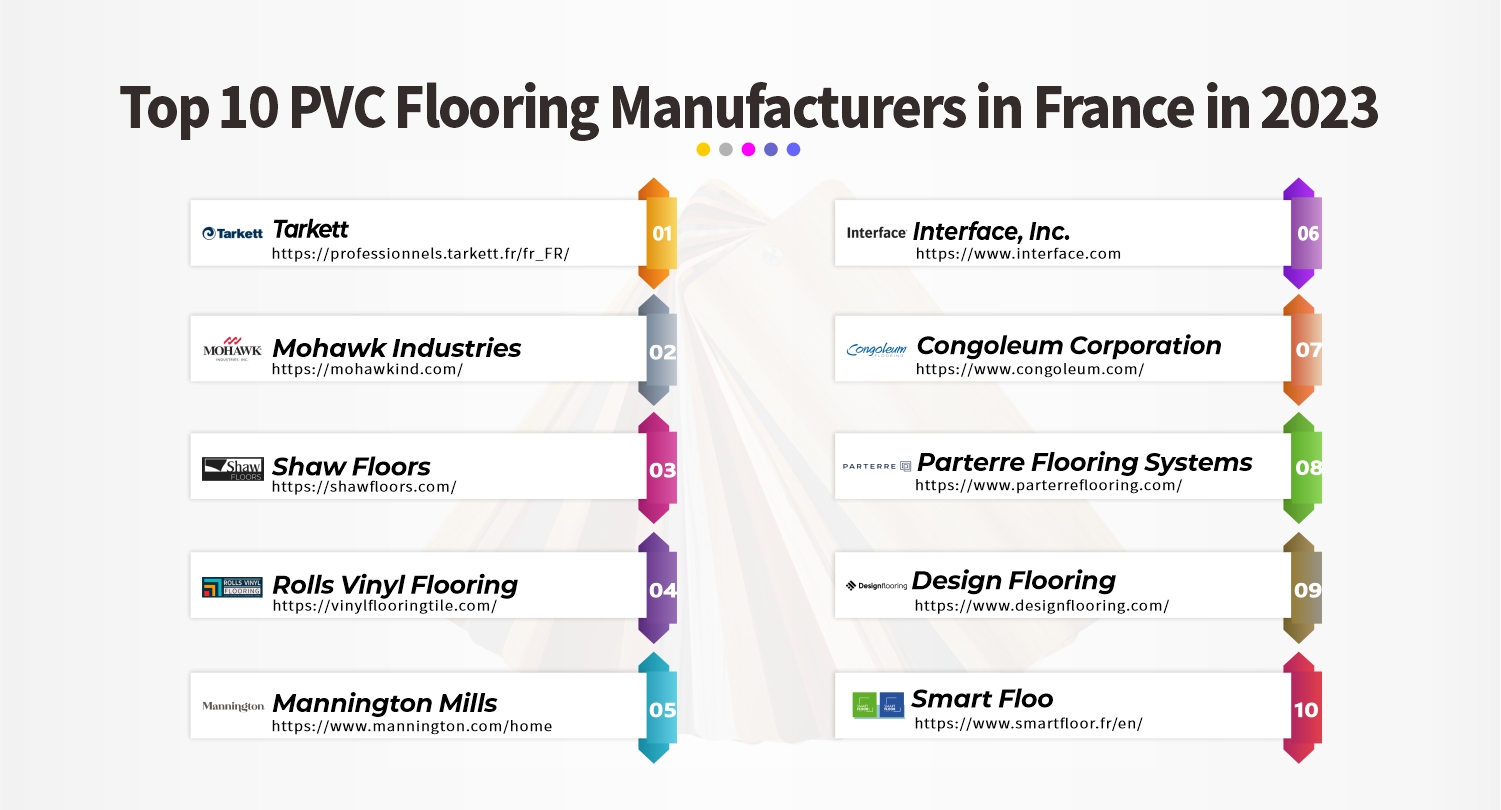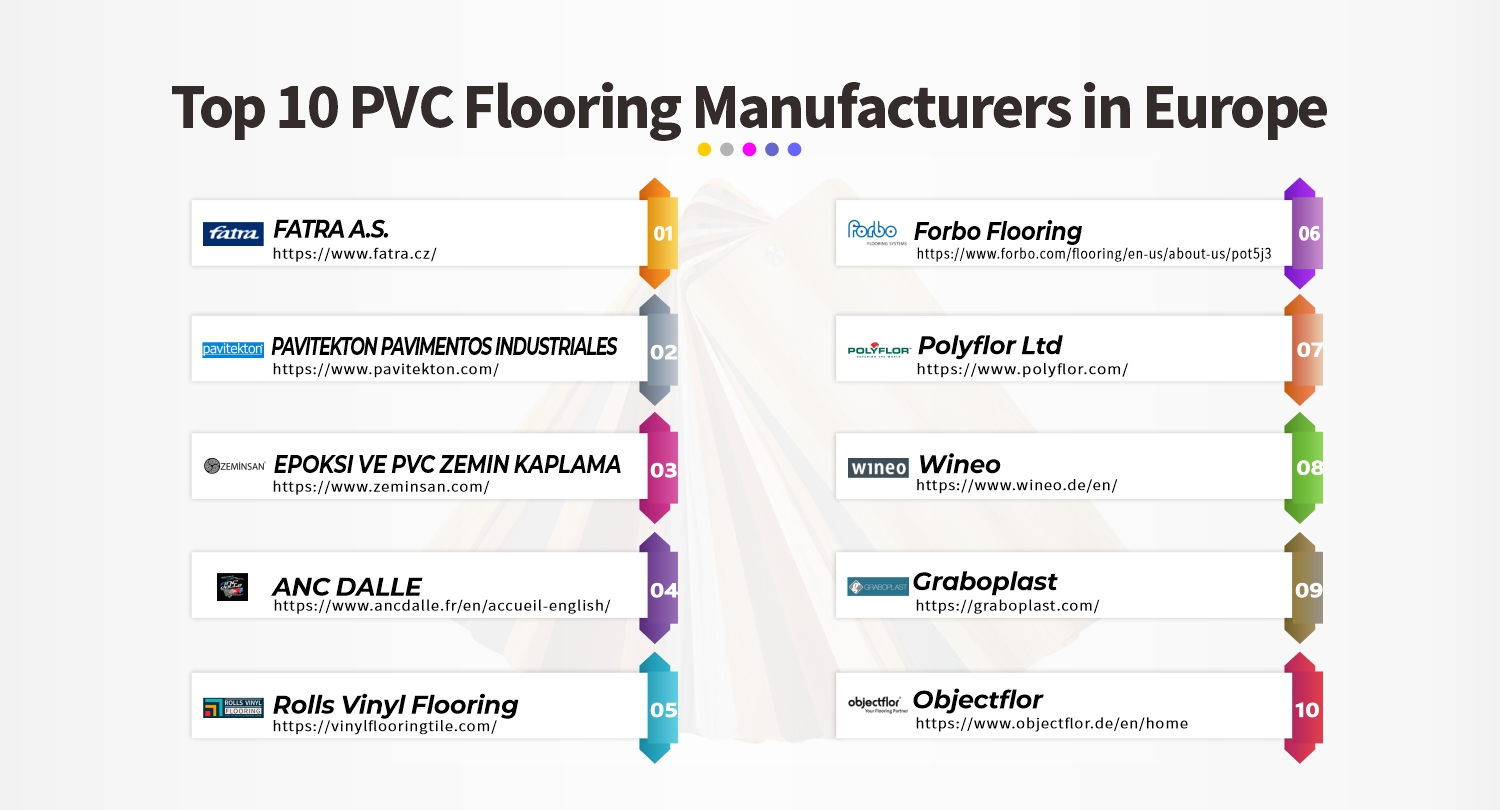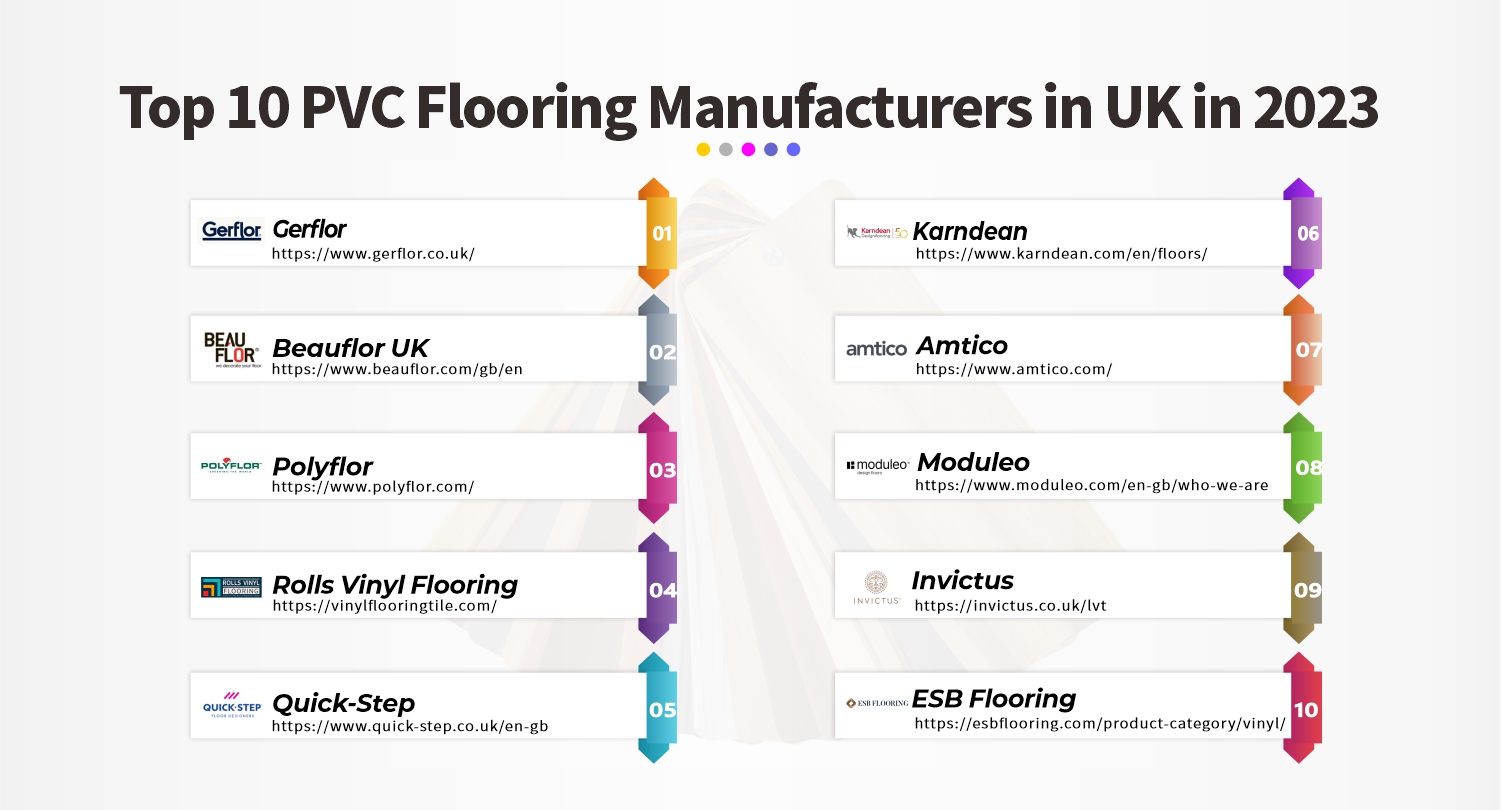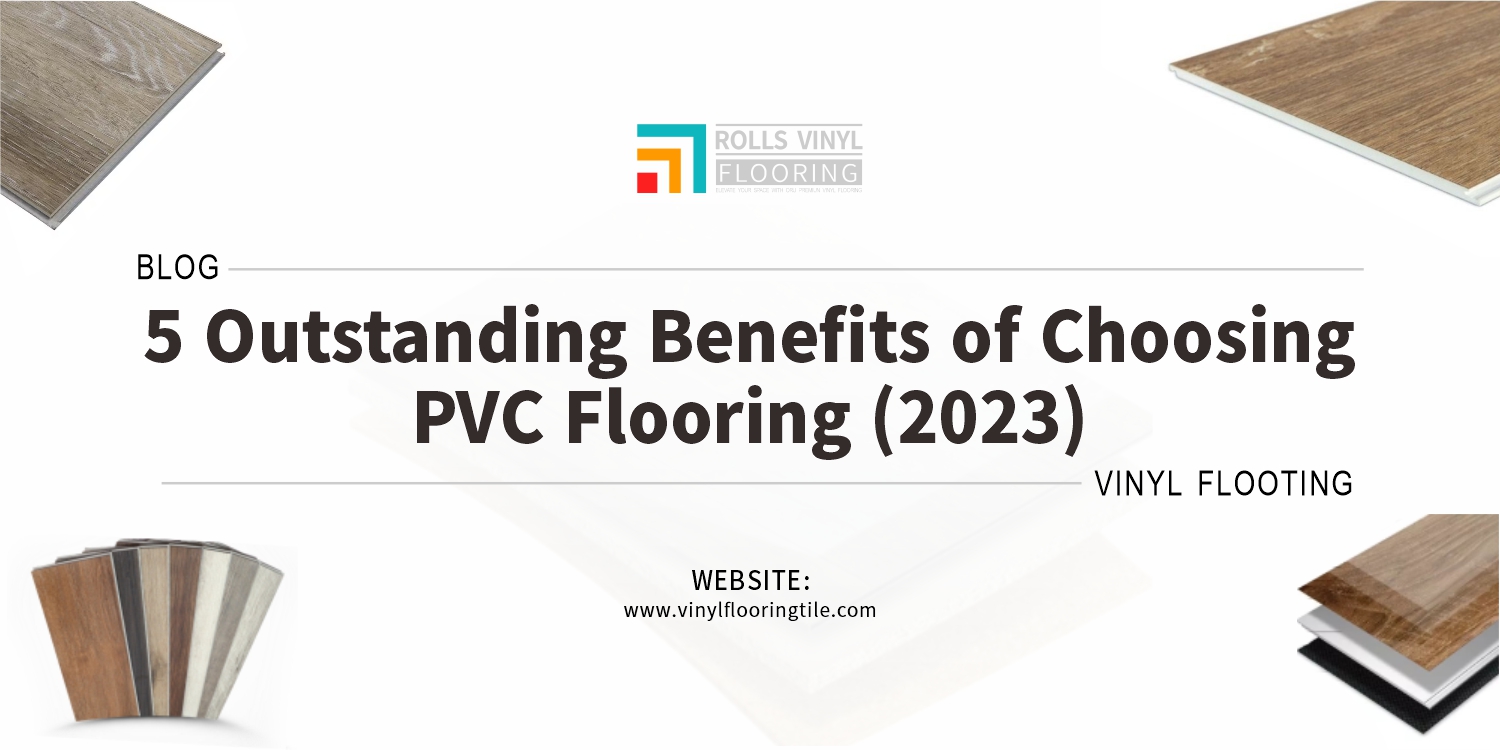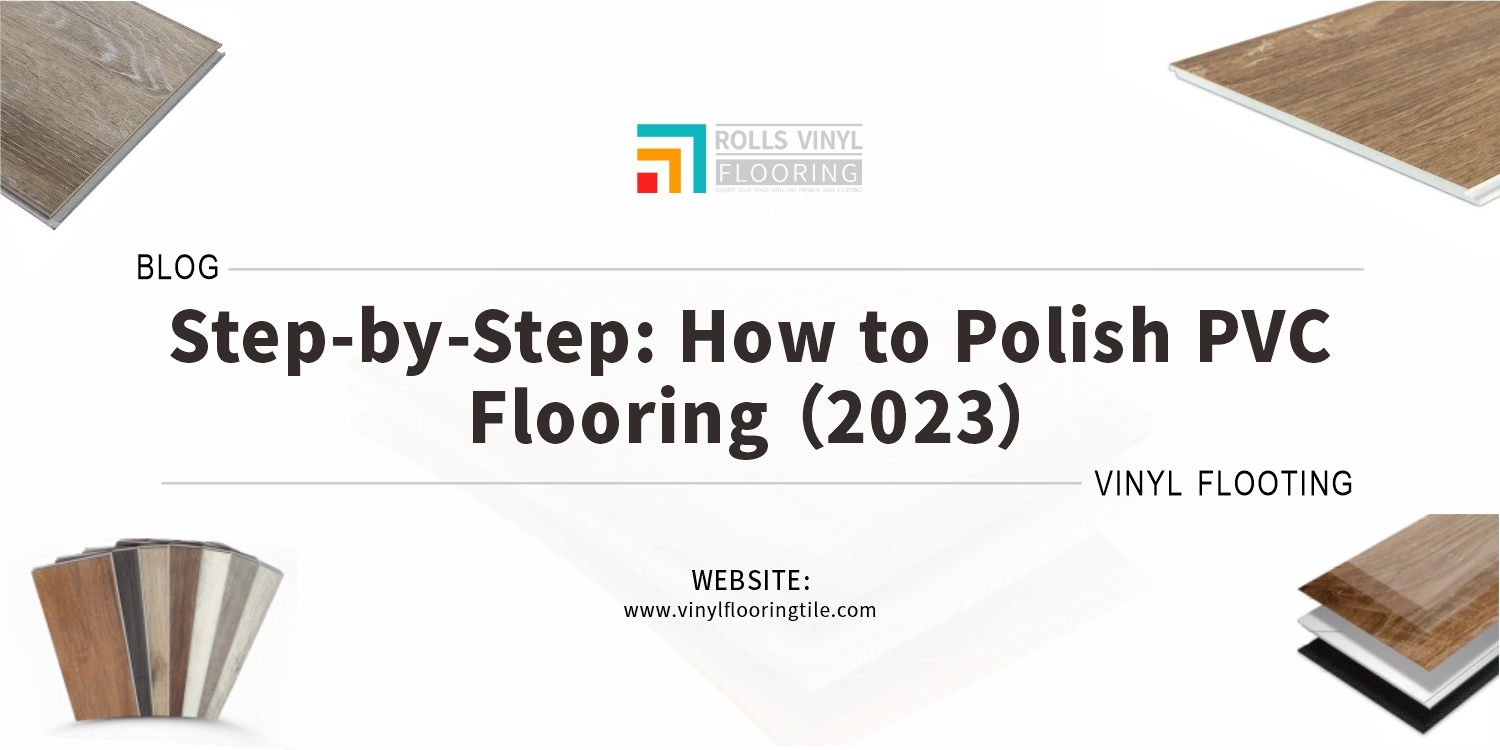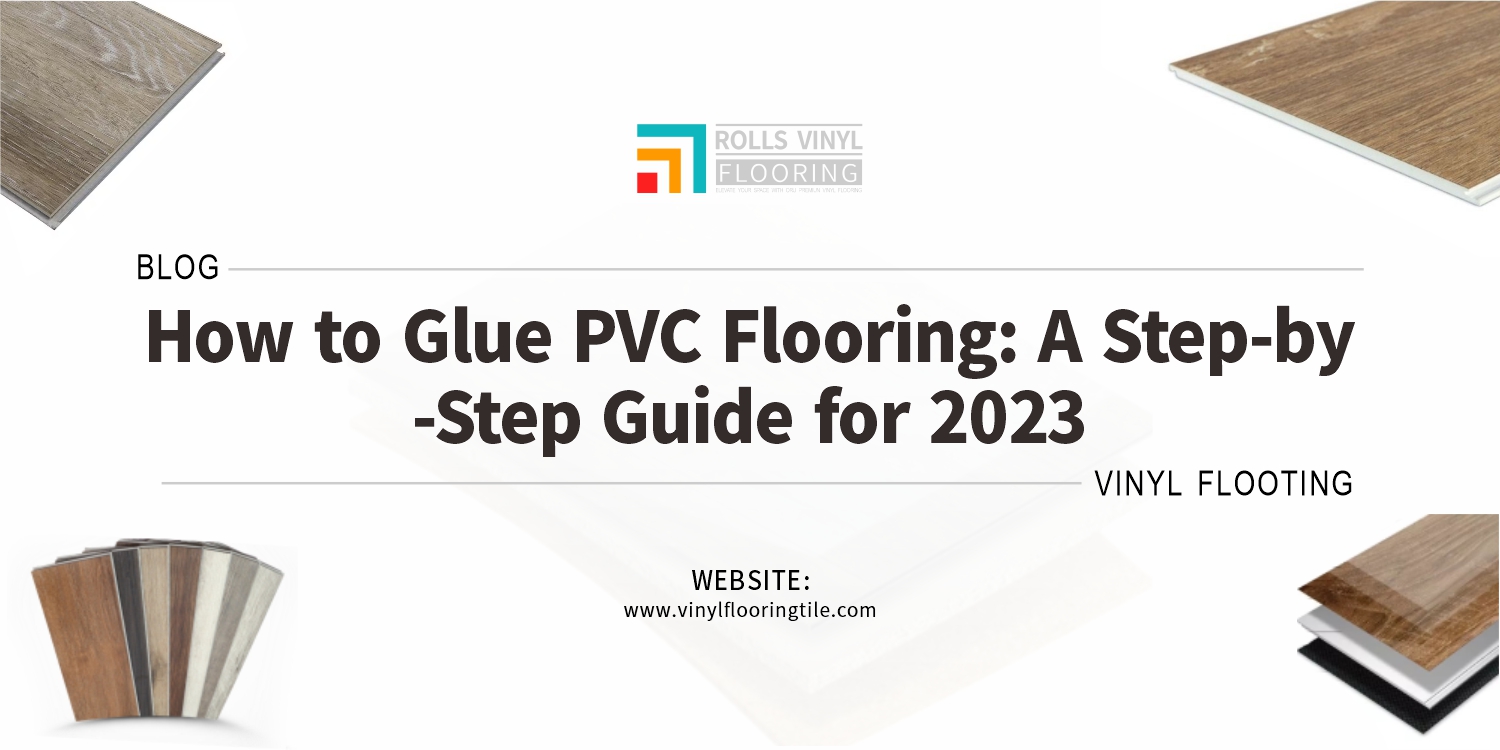If you’re considering new flooring for your kitchen, vinyl should be at the top of your list. As an author, I have researched the topic extensively and have found four compelling reasons why vinyl is the best choice for your kitchen.
Vinyl flooring is an excellent choice for your kitchen due to its durability, affordability, comfort, and easy installation. Vinyl is highly resistant to moisture, stains, and scratches, making it an ideal flooring option for high-traffic areas like the kitchen. Additionally, vinyl flooring is cost-effective and comes in a wide range of colors and styles to fit any decor. It is also soft and cushioned, providing a comfortable surface for standing and walking. Finally, vinyl flooring is easy to install, even for beginners, with many options available for do-it-yourself installation.
Whether you’re looking for a budget-friendly update or a long-term flooring solution, vinyl flooring has you covered. Keep reading to learn more about the benefits of choosing vinyl flooring for your kitchen.

1. Definition of Vinyl Flooring
Vinyl flooring is a type of synthetic flooring material that is made from a combination of polyvinyl chloride (PVC) resin and other additives. This type of flooring is popular because it is durable, easy to clean, and comes in a variety of styles and designs.
Vinyl flooring can be made in a few different ways, but the most common method involves layering different materials on top of one another. The base layer is typically made of a solid PVC material that provides stability and support for the rest of the flooring layers. On top of this layer, a design layer is added which can mimic the look of natural materials such as wood, stone, or tile. The design layer can be printed with high-resolution images to create a realistic appearance.
Above the design layer is a wear layer that protects the design layer from scratches, stains, and general wear and tear. This layer is typically made of a clear PVC material that is highly resistant to damage. Depending on the quality of the vinyl flooring, the wear layer may be thicker or thinner, with thicker wear layers offering more durability and protection.
Vinyl flooring is available in a variety of formats, including sheets, planks, and tiles. Sheet vinyl is typically sold in rolls and can be cut to fit the specific dimensions of a room. Vinyl planks and tiles, on the other hand, are designed to mimic the look of traditional hardwood or ceramic tiles, respectively. These types of vinyl flooring are often used to create a specific design or pattern on the floor.
2. Overview of Benefits
Easy to Clean
Vinyl flooring is resistant to water and stains, making it easy to clean up spills and messes in the kitchen. A simple wipe-down with a damp cloth is usually all that’s needed.
Resistant to Heat
Vinyl flooring can withstand high temperatures without damage, making it a great choice for kitchen areas near stoves and ovens.
Comfortable Underfoot
Vinyl flooring is softer and more forgiving underfoot than harder flooring options like tile or hardwood, which can be more comfortable for standing for extended periods in the kitchen.
Wide Variety of Styles
Vinyl flooring is available in a range of styles and designs, including options that mimic the look of hardwood, stone, or tile. This means you can choose a style that complements your kitchen décor and design.
Durable
Vinyl flooring is highly resistant to scratches, dents, and other forms of damage, making it a durable and long-lasting flooring option for your kitchen.
Affordable
Vinyl flooring is an affordable option for those who want high-quality flooring material without breaking the bank. It is less expensive than many other flooring options, such as hardwood or natural stone.
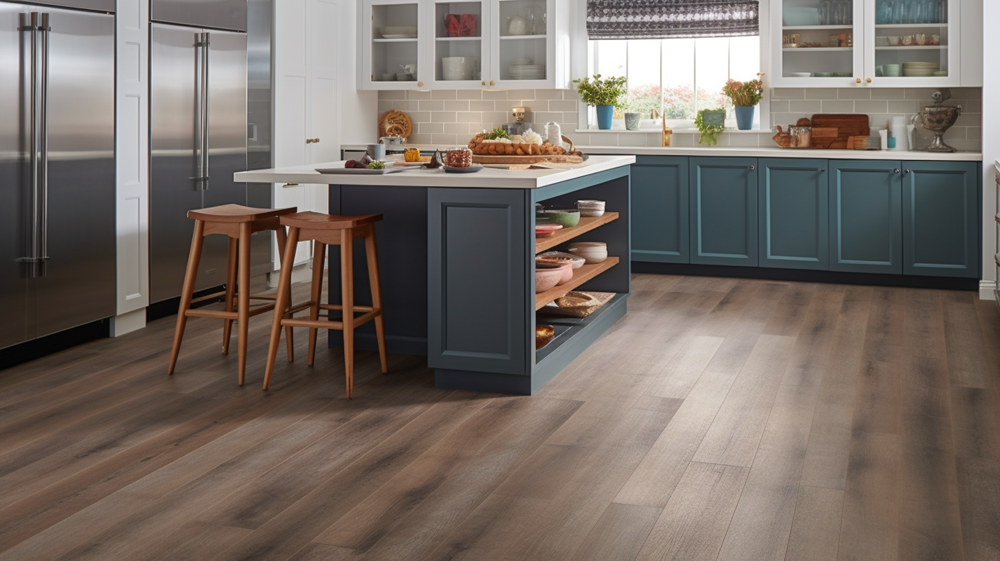
3. Durability of Vinyl Flooring
A. Scratch and Stain Resistance
Vinyl flooring is highly resistant to scratches, scuffs, and other types of surface damage. The top layer of the flooring, known as the wear layer, is designed to be tough and durable, protecting the underlying layers from damage. This makes vinyl flooring an ideal choice for high-traffic areas and homes with children or pets. Additionally, vinyl flooring is also resistant to stains, as spills can be quickly and easily wiped up without leaving behind any residue.
B. Water Resistance
Vinyl flooring is highly resistant to water, making it an excellent choice for areas that are prone to moisture, such as kitchens, bathrooms, and laundry rooms. The surface of the vinyl flooring is typically sealed, which prevents water from penetrating the surface and damaging the underlying layers. This also makes vinyl flooring easy to clean, as spills and stains can be wiped up quickly without causing any damage to the flooring. Overall, vinyl flooring is an excellent choice for homes that require a durable and water-resistant flooring solution.
4. Cost of Vinyl Flooring in your Kitchen
A. Low Installation Cost:
One of the advantages of vinyl flooring is that it is relatively easy and quick to install, which helps to keep installation costs low. In general, vinyl flooring can be installed over a variety of subfloors, including concrete, plywood, and even existing flooring in some cases. This eliminates the need for costly and time-consuming subfloor preparation, which can drive up the cost of installation.
Furthermore, vinyl flooring is available in a variety of formats, including tiles, planks, and sheets. Each format has its installation method, and some are easier and faster to install than others. For example, vinyl tiles often come with a peel-and-stick backing, which eliminates the need for adhesive and can speed up the installation process.
B. Low Maintenance Cost:
Another advantage of vinyl flooring is that it is relatively low-maintenance compared to other types of flooring. Vinyl is durable and resistant to scratches, stains, and water damage, which makes it an ideal choice for high-traffic areas like kitchens. Additionally, vinyl flooring is easy to clean and does not require any special maintenance or cleaning products.
To keep vinyl flooring looking its best, it is important to sweep or vacuum regularly to remove dirt and debris. For more stubborn stains, a damp mop or cloth can be used with a mild cleaning solution. One of the benefits of vinyl flooring is that it does not require waxing or sealing, which can save time and money on maintenance costs.
5. Comfort of Vinyl Flooring
A. Soft and Cushioned Feel:
Vinyl flooring is known for its soft and cushioned feel, which can make it a comfortable option for kitchens. Unlike hard flooring surfaces such as tile or hardwood, vinyl flooring has a bit of give when you walk on it, which can be easier on your feet and joints. This is particularly beneficial for homeowners who spend a lot of time standing in the kitchen, such as home cooks and avid bakers.
Furthermore, some types of vinyl flooring, such as luxury vinyl tile (LVT), come with built-in underlayment or padding, which can enhance the soft and cushioned feel even further. This can help to reduce fatigue and discomfort when standing for long periods.
B. Variety of Colors:
Another advantage of vinyl flooring is the wide variety of colors and patterns available. Vinyl flooring can be made to mimic the look of natural materials such as hardwood or stone, or it can feature bold colors and patterns to make a statement in the kitchen.
Additionally, vinyl flooring is available in a variety of formats, including tiles, planks, and sheets, which can each offer their unique look and feel. Some vinyl flooring products can even be custom-cut to create intricate designs or unique shapes.
The variety of colors and patterns available in vinyl flooring makes it a versatile option for homeowners who want to customize the look of their kitchen flooring. Whether you want a subtle, neutral look or a bold, eye-catching design, there is likely a vinyl flooring product that will meet your needs.
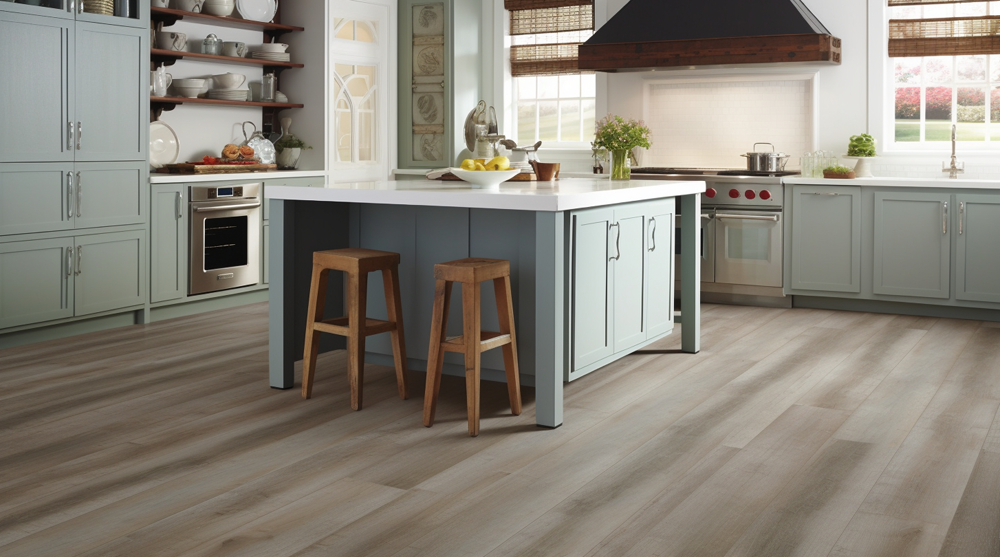
6. Installation
A. Quick and Easy Installation:
Vinyl flooring is known for its quick and easy installation process. Vinyl flooring can be installed using several different methods, including glue-down, floating, and peel-and-stick. Additionally, vinyl flooring can often be installed directly over existing flooring, which can help to save time and reduce the need for extensive subfloor preparation.
One of the benefits of vinyl flooring is that it can be cut to fit any room size or shape, which can make installation faster and easier. Additionally, many vinyl flooring products come in interlocking planks or tiles, which can be easily clicked together and laid down as a floating floor. This eliminates the need for adhesives or fasteners and can reduce the overall installation time.
B. Low-Toxicity Installation:
Another advantage of vinyl flooring installation is that it is relatively low toxicity compared to other types of flooring. While some types of flooring can emit harmful chemicals and VOCs (volatile organic compounds) during installation, vinyl flooring is generally considered a low-VOC option.
Additionally, many vinyl flooring products are now manufactured using more sustainable and eco-friendly materials, which can help to reduce the overall environmental impact of the flooring. Some vinyl flooring products are even made using recycled materials, such as post-consumer waste or reclaimed wood.
7. Tips for vinyl flooring in the kitchen
Choose the right type of vinyl flooring
There are different types of vinyl flooring, such as sheet vinyl, luxury vinyl tile (LVT), and vinyl plank. LVT and vinyl plank offer a more realistic look of hardwood or stone and can be a great option for a kitchen.
Prepare the subfloor
Vinyl flooring can be installed over almost any subfloor, but it should be clean, level, and free of debris. If your subfloor is uneven, you may need to level it with a self-leveling compound.
Install a moisture barrier
Kitchens are high-moisture areas, so it’s important to install a moisture barrier to prevent water from seeping through the floor. A moisture barrier can be a sheet of plastic or a liquid-based product.
Maintain the flooring
Vinyl flooring is easy to maintain, but it still needs to be cleaned regularly. Sweep or vacuum the floor to remove debris, and mop with a mild cleaner to remove dirt and stains. Avoid using harsh chemicals or abrasive cleaners that can damage the surface.
Protect the flooring
While vinyl flooring is durable, it can still be scratched or damaged by heavy objects or sharp tools. Use felt pads on furniture legs to prevent scratches, and place a mat under your stove or refrigerator to protect against damage.
Repair damage promptly
If you notice a scratch or dent in your vinyl flooring, repair it promptly to prevent it from getting worse. Small scratches can be buffed out with a nylon pad or a melamine sponge, while larger damage may require a patch or replacement of the damaged tile or plank.
By following these tips, you can keep your vinyl kitchen flooring looking great for years to come.
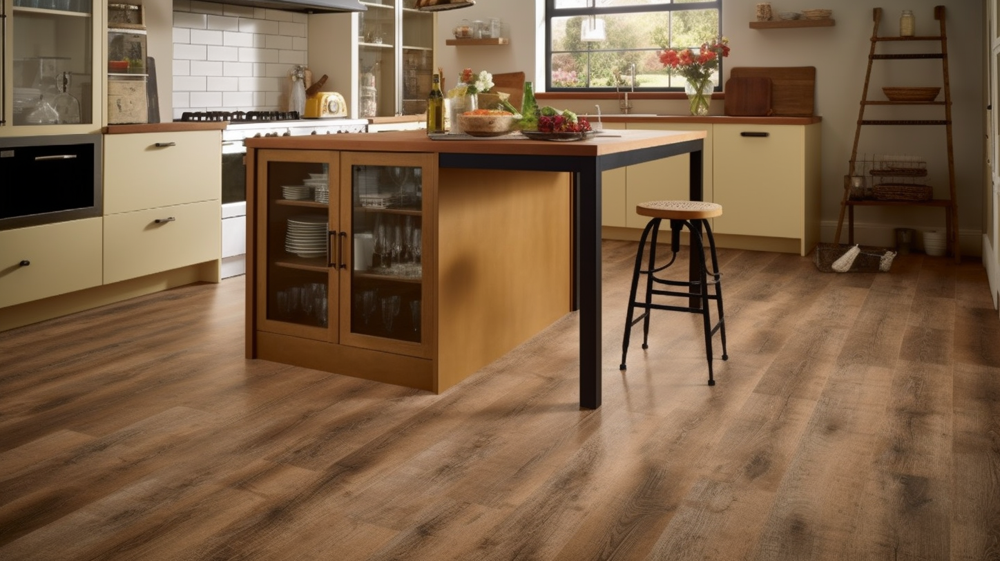
In conclusion, choosing vinyl flooring for your kitchen is a smart decision that will provide long-lasting durability, comfort, and style. With its affordability and easy installation, vinyl flooring is the perfect option for homeowners looking for a cost-effective and practical flooring solution.


